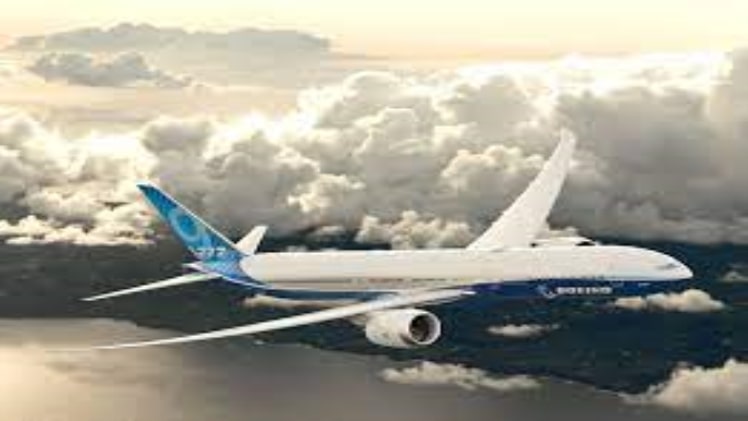While Boeing has promised great improvements in this new aircraft, it must also be remembered that the 787 was an entirely different aircraft in many ways. While the 777X may be an improvement in terms of space, its wingspan will also be smaller than that of the 787, and a larger aircraft might still be just as efficient. One aspect of the 777X that is still up for debate is its cargo ability. While a double-deck aircraft is the standard at present, the 777X will have more cargo space. Boeing Commercial CEO Ray Conner discussed the possibility of a stretched 777-10 at the Farnborough Airshow in 2016. If that is the case, it would add four rows to the 777-9, increasing its capacity to about 450 passengers.
The delay may be good news for airlines. Although long-haul demand is down, it’s still the case that the 777X will be a huge improvement in fuel efficiency. Despite this, airlines have promised new luxurious offerings on board. Lufthansa first teased their business class product back in 2017, while Emirates has also expanded their premium economy offerings. Regardless of whether the 777X proves to be a game-changer, the company still has plenty of work to do before the aircraft is certified.
The 777X has already been subjected to regulatory hurdles. The FAA has yet to approve the aircraft’s Type Inspection Authorization (TIA) readiness. Boeing has been seeking this authorization for the 787 to continue production. But the FAA has remained skeptical. Despite Boeing’s assurances, the company is still waiting to hear back from its customers. It is expected to be in passenger service by late 2023.

